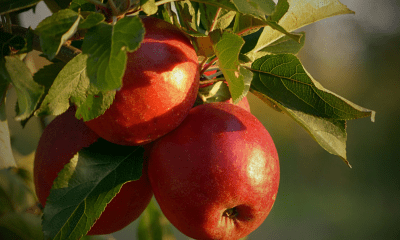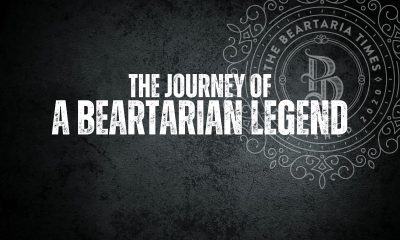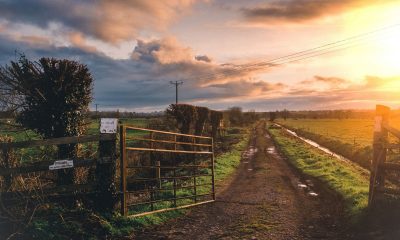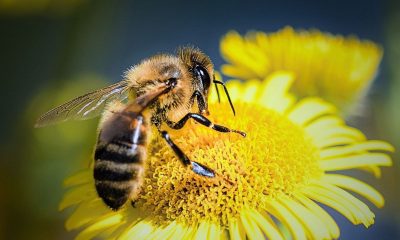Arts and Crafts
A Guide to Portraiture
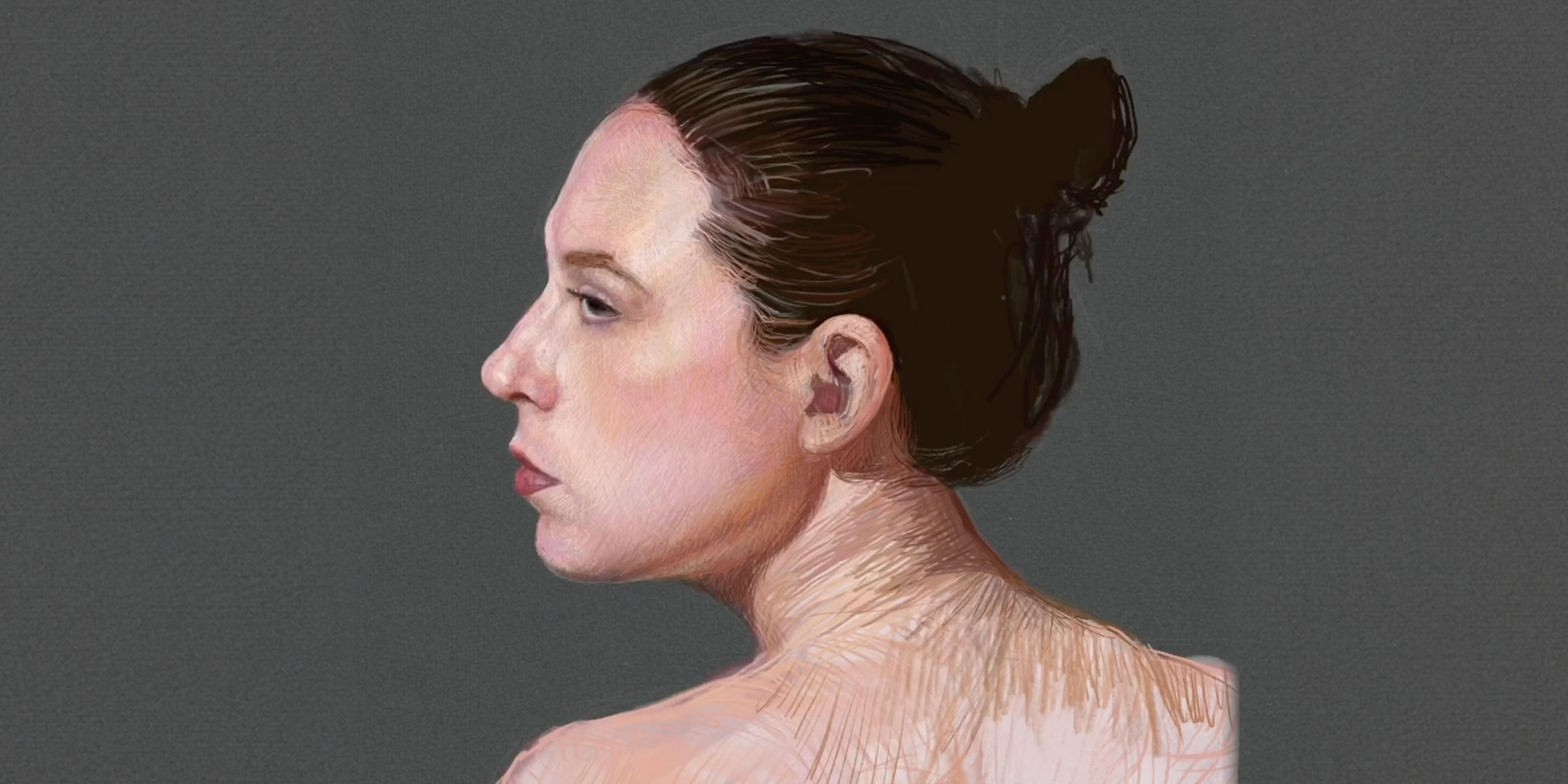
Good day, Beartarians! Today I’ll lead you through a step by step guide of portraiture. In this example, I am using a hybrid of painting and drawing. I found the model on the vast ether but I encourage you to seek out your own model reference and follow along with me. I suggest referencing from an image, in profile position at first.
I’ve uploaded the full process video to youtube for your reference. Note that I am using an iPad and the app Procreate as my tools, but this guide can apply to traditional mediums as well.
If you would like to contribute any how-tos, guides, or simple overviews of your artistic process, please send your content directly to Arts@beartariatimes.com.
Step One: Roughing out the Shapes
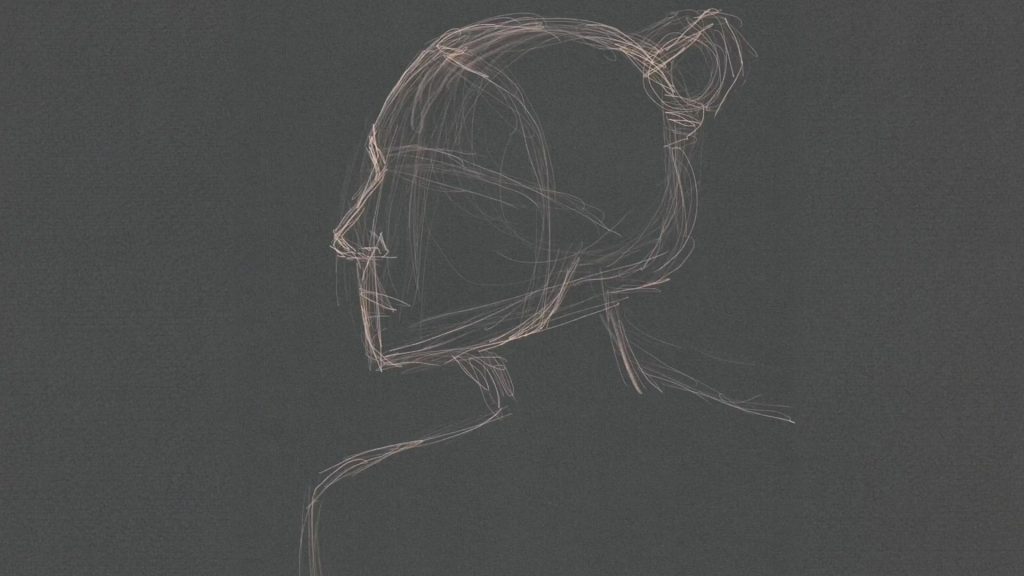
Using a light pencil, I outlined the rough profile in the middle of my canvas. I constructed the basic proportions of the head using very simple shapes. This allowed me to get a feel for the general composition as well as the proportions of the head. Keep it loose and allow your pencil to flow as you rough out your composition.
Step Two: Defining the Features
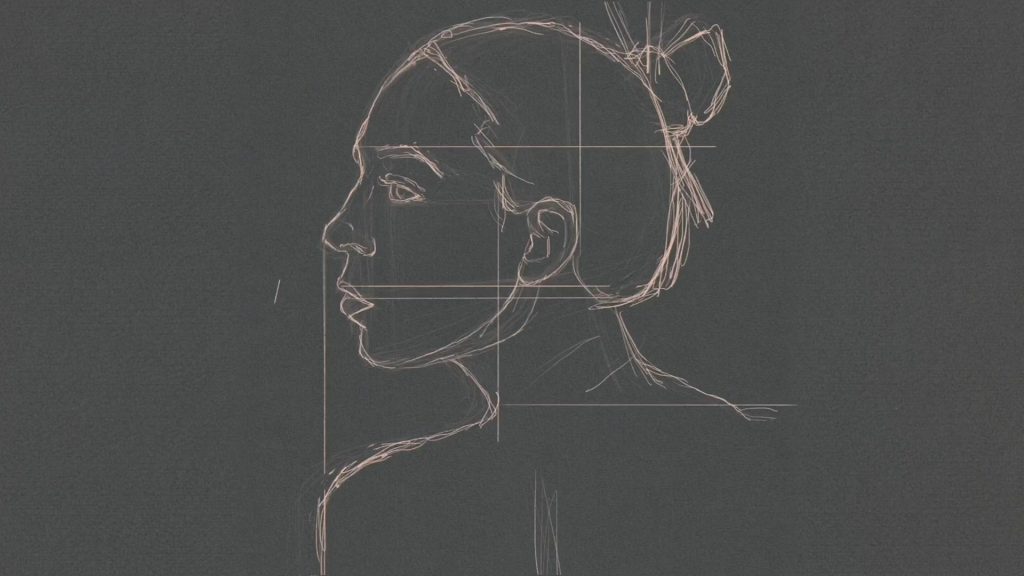
Once the general proportions were set, I started defining the facial features. Pay attention to the eyes, nose, lips, and ears. How do they exist in proximity to one another? Don’t add unnecessary details or value at this point. Strictly use this stage to improve upon your shapes and align the facial features. I suggest drawing guidelines to help with placement and proportion.
Step Three: Improving Shapes
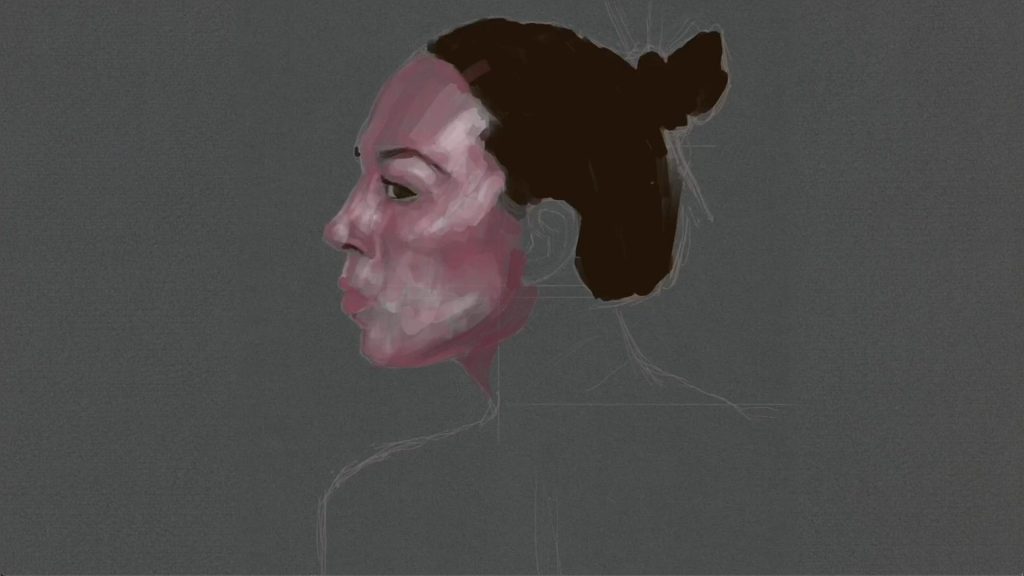
After the features were well defined, I started adding value and color to help improve the facial features. You will want to use this stage to double-check the accuracy of your proportions as well as make any large corrections to your composition. As you mass in the darks and mid-tones, you will start to recognize the individual you are referencing. Continually take a step back and make sure you are capturing the mood the individual is expressing.
Step Four: Massing in Color
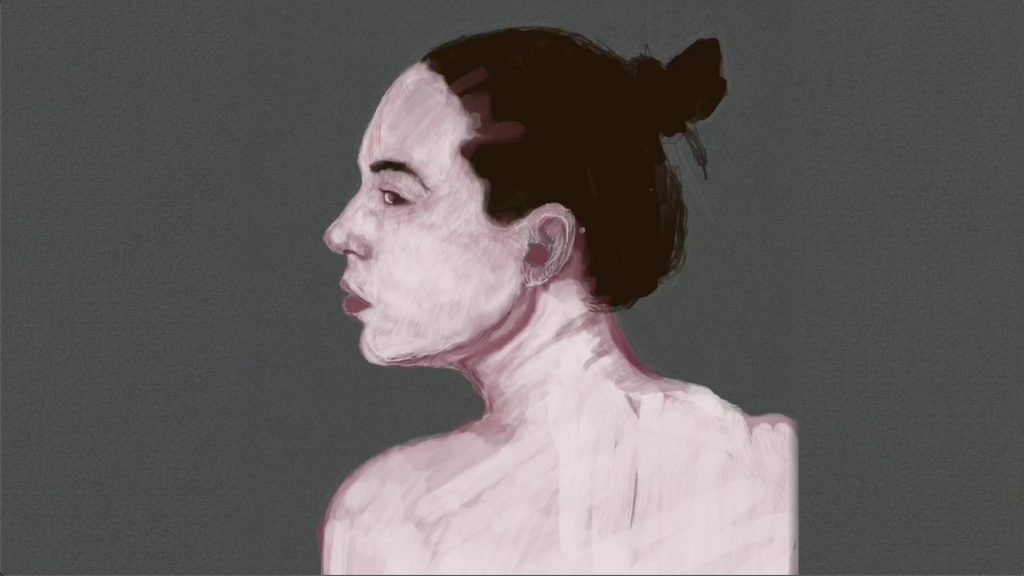
Since my canvas was dark, I massed in the lighter skin tones. This helped me to further define the facial features and provide an under base. You can use this stage to start layering in all the light to mid-tones and further contrast the darker shapes. I can’t stress enough how important an under base is when it comes to painting. As you start adding flesh tones, the under base serves as a primer and adds to the vibrancy and contrast of colors on top.
Step Five: Adding Flesh Colors
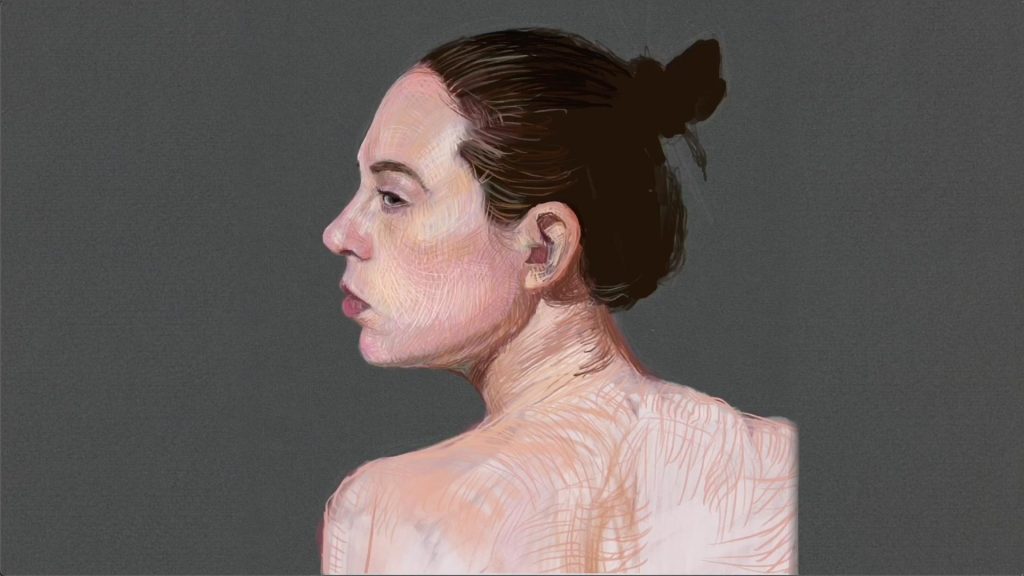
Adding flesh colors is my favorite part of the process. I added in light reds and yellows as well as a darker brown umber. As you are adding in color, continue to modify and iterate the proportions of the figure. Your own personal style can be used here so don’t be afraid to experiment. I used a thinner pencil and a technique known as contour hatching.
Step Five: Developing Richer Colors
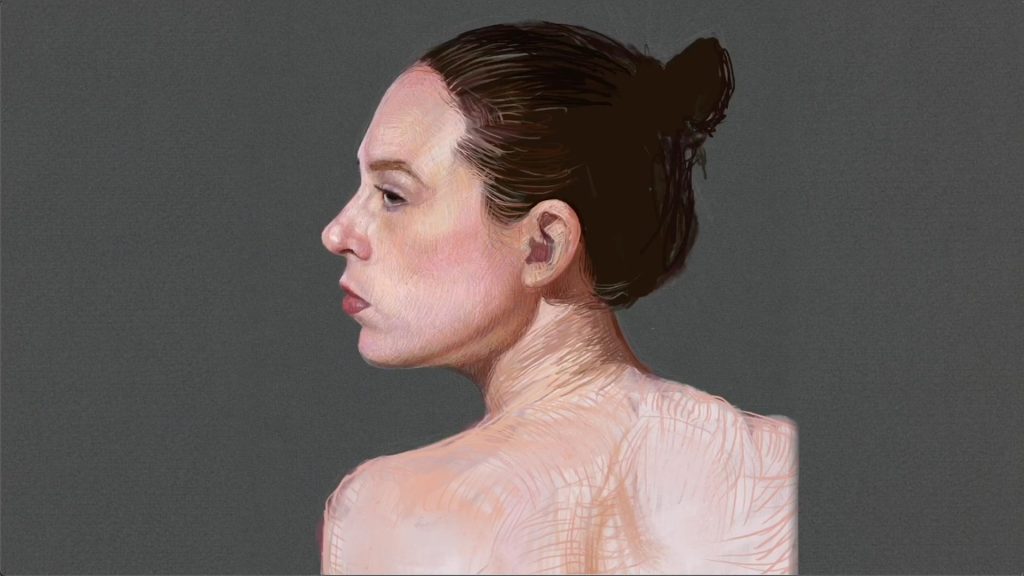
After setting up the proportions, values, and general style, I focused on developing richer colors. I was constantly improving upon the drawing by checking the proportion and alignment but it was now time to start adding in colors to elevate the final piece. Colors that you would not normally think existed in skin tones such as purples, greens, and oranges, are necessary to help bring your portrait to life. Take some time to focus on your reference, and see how these secondary colors can be applied.
Step Seven: Details
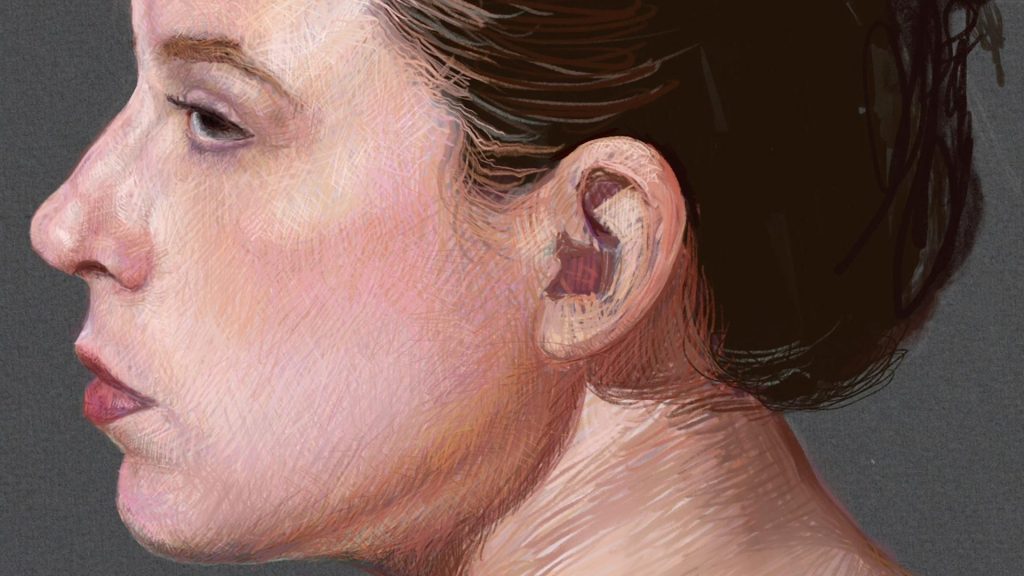
The final step in the process is deciding how much detail you would like to add for your final piece. As you move further towards the final piece, use smaller tool strokes for emphasis. In this example I chose to keep some of the areas undeveloped. This is a technique to add a focal point to your composition. I wanted the viewer to focus in on the Nose, lips, eyes, and jaw so I left the rest of the portrait less detailed.
Don’t get too hung up on mistakes at this point. Practice makes perfect and no piece of art is truly finished. You have to learn when to move on to your next piece.
If you have any questions or would like to share some art with us, please reach out to us at Arts@beartariatimes.com.
Thank you,
MC-Bear (Nero)
Arts and Crafts
Announcement: Beartaria Times National Festival Poster Contest
We want to announce a fun and friendly contest for a poster design for our National Festival this year.
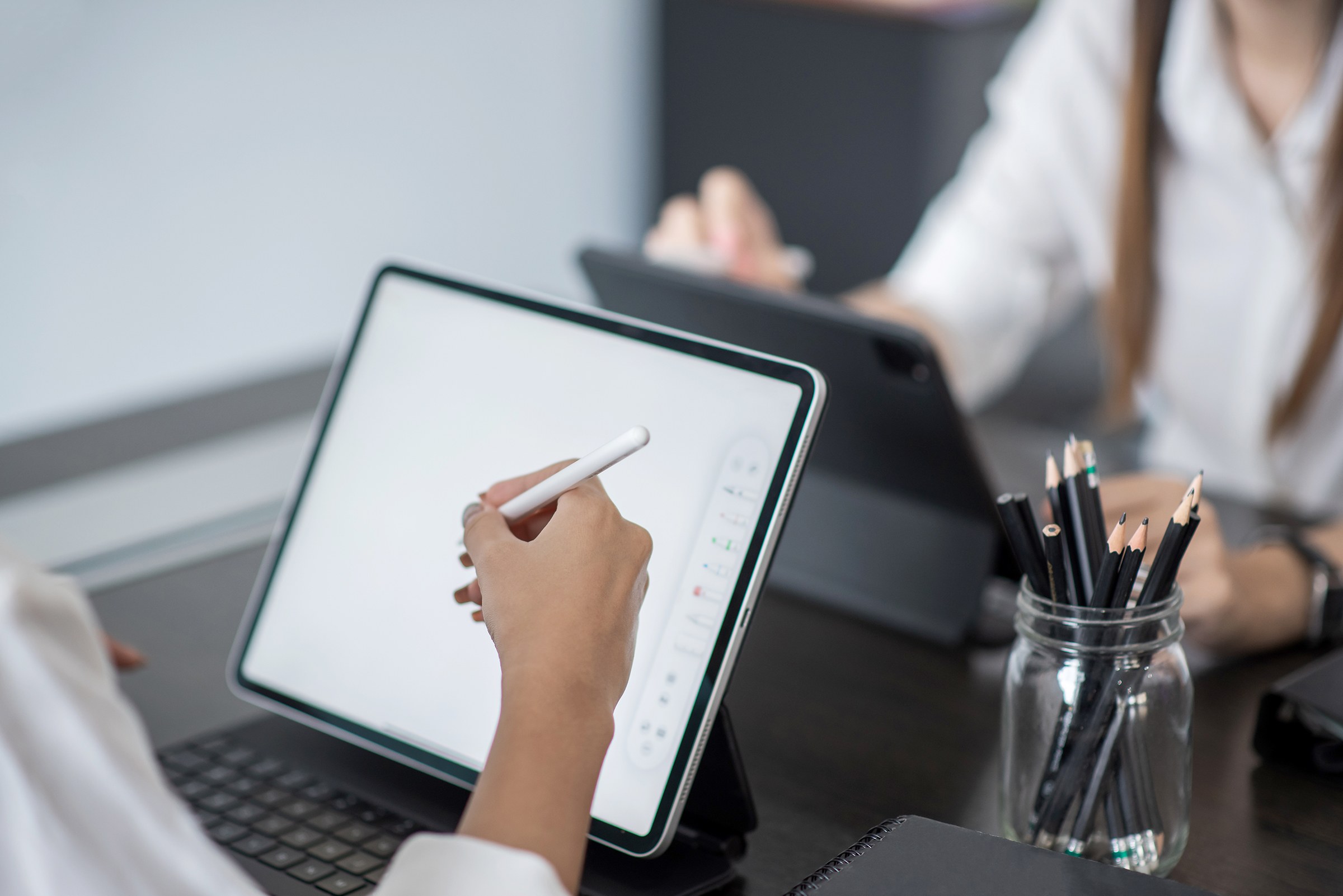
Calling All Artists!
We want to announce a fun and friendly contest hosted by BudBear, for a poster design for the Beartaria Times National Festival this year.
BudBear will accept submissions until August 24th.
Twelve finalists will be selected, and their designs will be printed and sold at the festival. Whoever sells out of 100 copies or sells the most by the end of the festival will be the grand prize winner with bragging rights and could allegedly receive a copy of their design signed by the Big Bear himself.
Designs should be digital renderings, 12×18 inches vertical, and 300 dpi. As always, please keep it to the clean and family-friendly standards of The Beartaria Times Community.
All proceeds will be donated to Beartaria Ozark Campground at BeartariaCampgrounds.com
Poster designs can be submitted to bearposters33@gmail.com for consideration.
Arts and Crafts
Too Many Mittens
My mom has always loved seeing her children be creative, so she was thrilled when I showed interest in learning how to make mittens. So, in 2016, she taught me how to make wool sweater mittens.
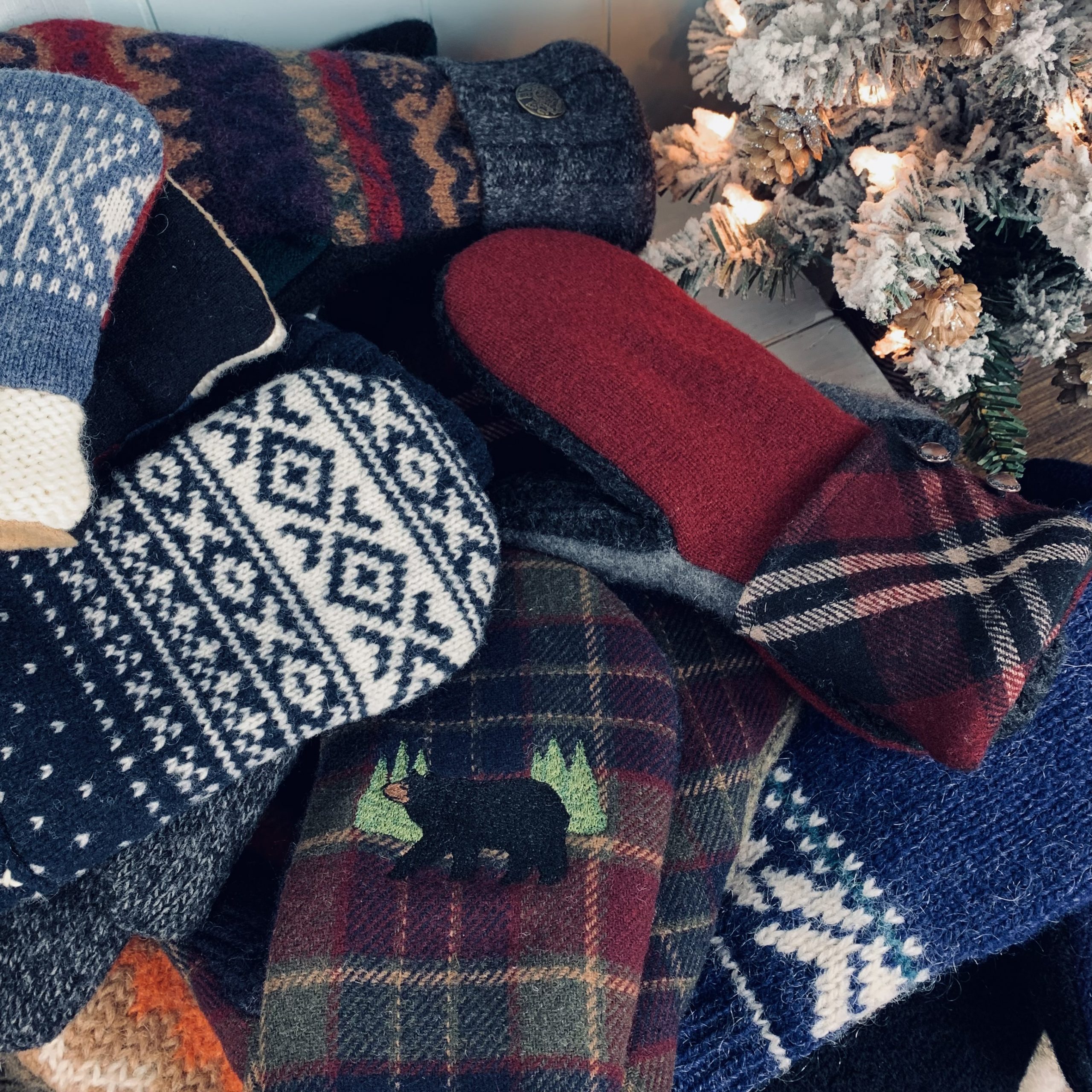
By: Charity (@trailerparkgirl on BTA)
My mom started making wool sweater mittens sometime around 2014. She got the idea from visiting a local Mennonite-owned store. She found patterns online and started out just making them for the family. We’re a family of ten, so there are plenty of us to make mittens for.
In 2015, at eighteen, I became her right-hand businesswoman and began photographing her mittens and selling them on Etsy. My younger sister, Madeline, drew the mitten in the shop logo.
My mom called her shop “Too Many Mittens.” She may or may not have gotten the idea for the name from the 1958 children’s book “Too Many Mittens.”
It’s one of a few books she remembers from her childhood. My mom grew up in the Upper Peninsula of Michigan, and the story takes place in Michigan.
My mom has always loved seeing her children be creative, so she was thrilled when I showed interest in learning how to make mittens. So, in 2016, she taught me how to make wool sweater mittens. I found them to be pretty simple to make. Very fun, too. I already had some experience with sewing, so it didn’t take long to get the hang of mitten-making. The excitement of pairing different wool sweater fabrics together and adding cool buttons to the cuffs was enough to get me hooked.
We make the mittens out of wool sweaters from thrift shops. And we line the mittens with fleece. My mom and I have had a blast sifting through thrift shop clothes racks in search of funky wool sweaters. We’ve gone through hundreds of wool sweaters in the past several years. Sometimes I see a sweater that I love so much that I’m tempted to keep it for myself to wear. But then I think, “Nah, that’ll make some really cool mittens.”

A few years ago, I invested in an embroidery sewing machine and lots of machine-embroidery thread. It’s been lots of fun to play around with different designs on mittens. They really give mittens extra character. The machine was definitely worth it. And it was fairly affordable. I use a Brother SE625.
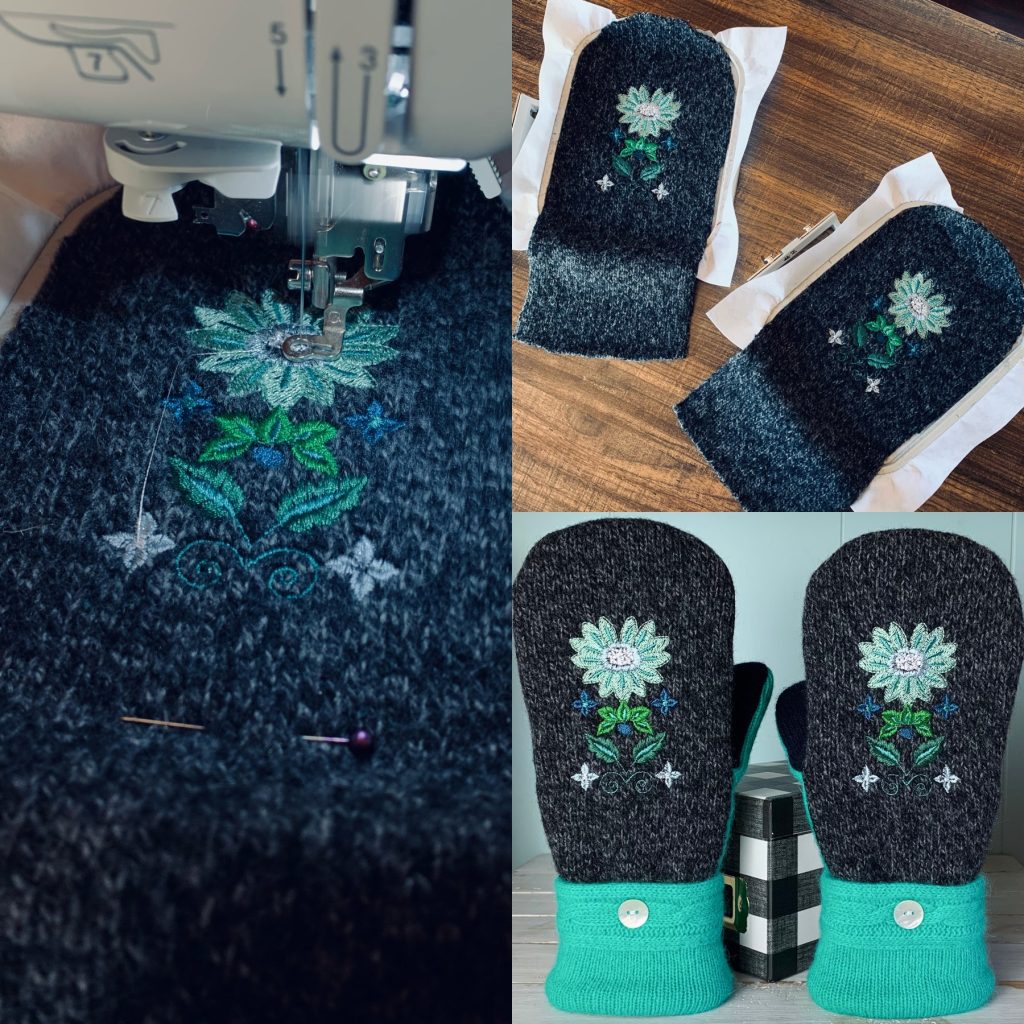
Now, in 2022, my mom is far too busy for making mittens. She’s focused on helping raise some of her grandchildren. So, my mom decided to let me take over Too Many Mittens. I’m planning on adding other handcrafted goods to our shop in the future, like cold-process soap. I’ve been playing around with soap-making since 2018. I’m currently working on perfecting recipes. My goal is to have soap available by Spring 2023. I’m even trying to get my younger sister to design the labels for the soap. After all, it is tradition.
One day, I hope my mom will have some extra time on her hands so that she can get back into making mittens. She really enjoyed it, just like I do. Together, we have sold over 350 pairs of mittens. I’m grateful for the time we’ve been able to bond because of our mutual love of mitten-making. If I ever have a daughter of my own, I plan to teach her how to make wool sweater mittens and so many other wonderful things.
Visit my Etsy shop, Too Many Mittens, Here!
Bears get 15% off with the code: TRAILERPARKGIRL
Arts and Crafts
A Pointed Pen Calligraphy Tutorial
The fun thing about calligraphy is that there are many scripts, many pens, and many styles to learn.
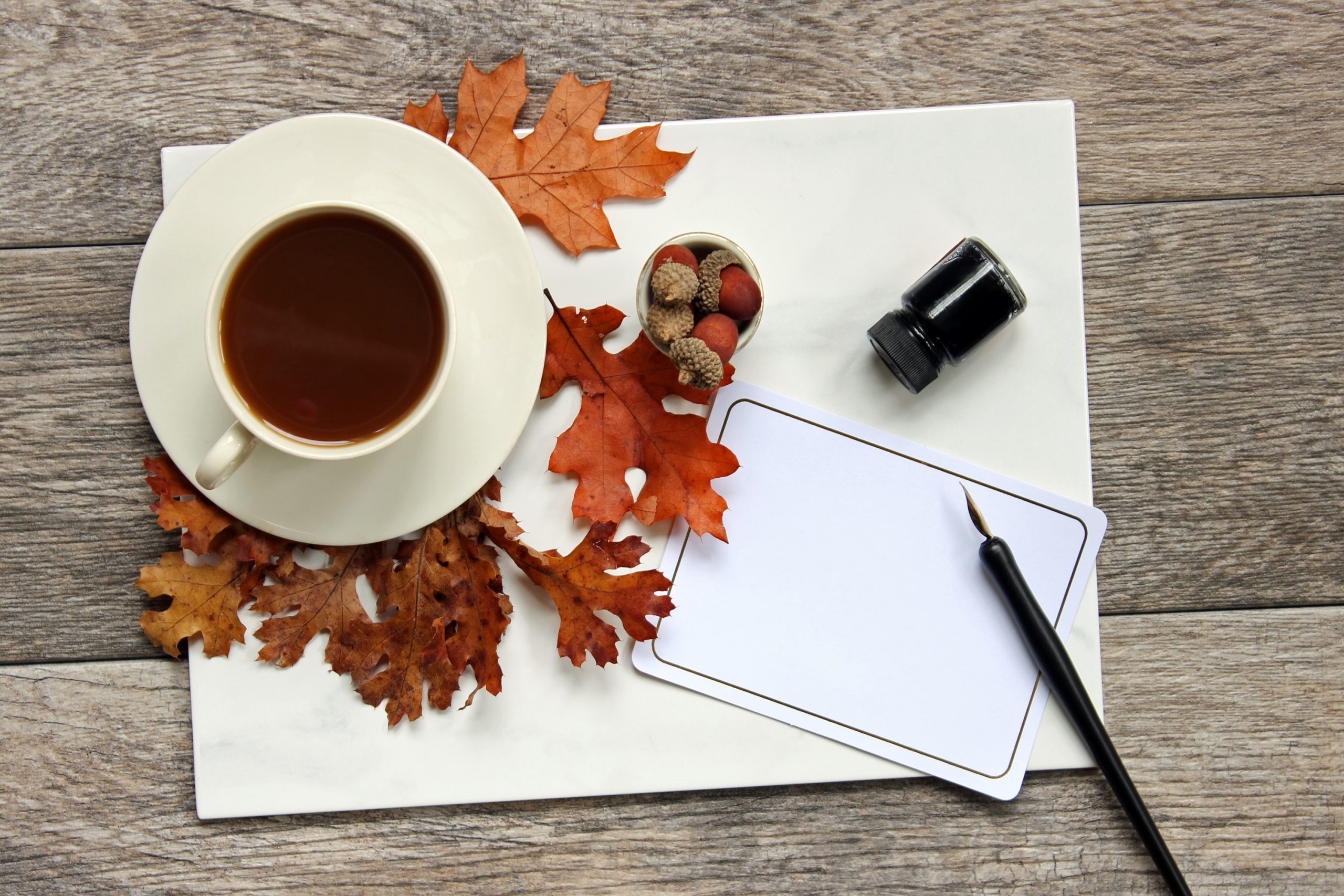
By: Snow White Bear

Pointed pens have pointed tips. They come in straight and oblique holders.
Some pens can do both. Choose whichever is more comfortable.

First, clean your nib by putting it in your mouth for a few seconds (older calligraphers still do this), or get a potato from your garden and stick all your nibs in it (a minute should be enough, but some do this overnight) or my favorite using up all the unnatural toothpaste the dentist gives you to clean your nibs. If you skip this step, I’ll get a message from you saying, “Snow White Bear, I tried to write, but the ink won’t come out.” For ink, any calligraphy ink will work. Thinner ink is easier to work with; slowly add distilled or filtered water. Walnut ink can be made at home or bought and is easy to work with. Iron gall ink is tremendous but slowly eats at the nib. “Dinky dips” are popular for pouring ink in.
Don’t use printer paper. Any paper that is 32lbs or more (Hp 32lbs is popular) and smooth will work. Some like resume paper even though it has a slight texture. I print calligraphy guidelines I find online on these papers then I’m ready to practice.
Pointed pens are great at Copperplate script. Here are the basic strokes:


Always write using guidelines. Traditionally Copperplate is written at 55 degrees. Practice the basic strokes until you can do them at least 80% consistently. Now it’s time to move on to letters. Letters are made up of basic strokes. The basic strokes usually group the letters they are composed of.
Practice and practice writing letters and practice writing them slowly. You know when you’re going too fast when your pen keeps scratching or skipping on the page. Clean your pen with water and a paper towel every once in a while when writing after letters are mastered, and practice many words with attention to letter connections (I’ve seen this be a whole course) and spacing. Traditionally calligraphers are taught to practice pangrams like “The quick brown fox jumps over the lazy dog.” Writing long phrases can help master spacing and words more quickly. Next, majuscules and capital letters are learned, and unfortunately, they use different basic strokes and spacing than the minuscules or lower cases letters.
There are other scripts one can write with a pointed pen. Spencerian, a script invented in America by Platt Rogers Spencer, is the second most popular. My favorites are Engrosser Script, Italian Hand, and Open-Shaded Script.

Modern calligraphy is based on traditional calligraphy but stylized differently. Although you don’t have to learn traditional calligraphy first, many calligraphers recommend it. What’s fun about modern is that after you practice hard and learn the rules, you make your own style.
The fun thing about calligraphy is that they are many scripts, many pens, and many styles to learn. I only mentioned a few. It’s technical art that is limitless, and you keep improving your script every time you practice.
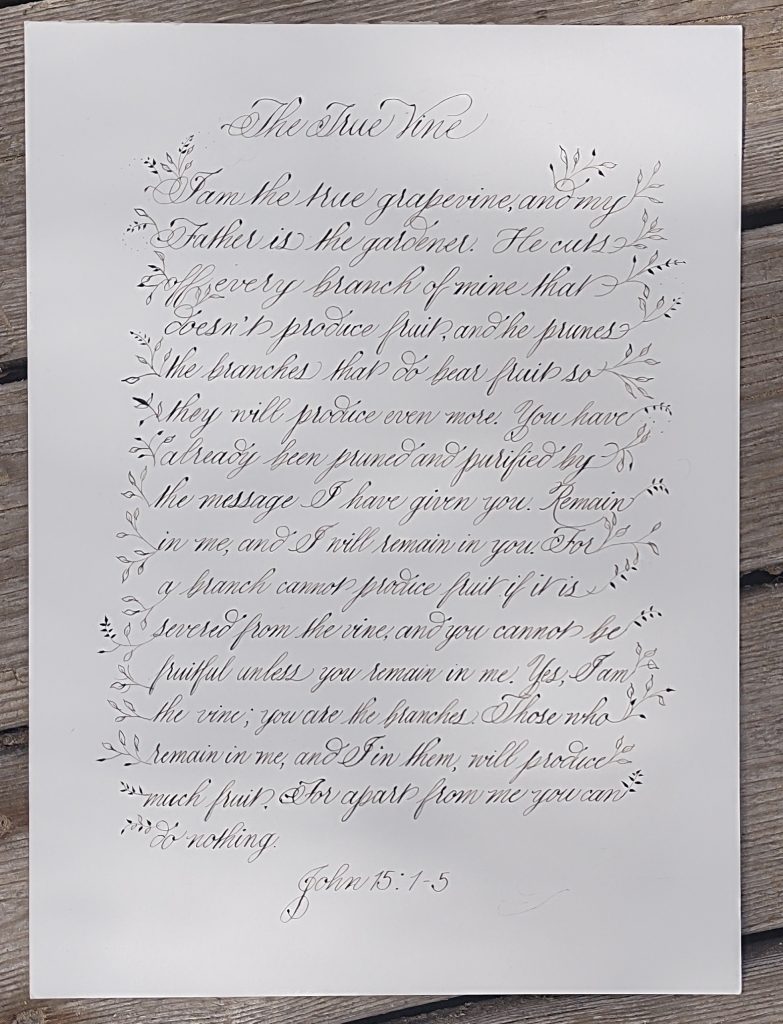
My favorite calligraphy resources:
Traditional calligraphy online lessons:
Dreaming in Script by David Grimes
https://www.dreaminginscript.com/
zanerian.com has free lessons
Modern calligraphy online lessons:
The happy ever crafter on youtube
Calligraphy supplies:
https://www.johnnealbooks.com/
Join your local Calligraphy guild.
-Snow White Bear
-

 Lifestyle3 weeks ago
Lifestyle3 weeks agoIndependence Isn’t for Everyone
-

 Farming3 weeks ago
Farming3 weeks agoThe Rise of Small-Scale Farming: Benefits, Challenges, and Tips for Success
-

 Just Crushing2 weeks ago
Just Crushing2 weeks agoLegends Spiral Upwards: Embracing Timeless Attributes
-

 Farming3 weeks ago
Farming3 weeks agoThe Power of Community: How Local Groups Can Strengthen Homesteads
-

 Lifestyle2 weeks ago
Lifestyle2 weeks agoBuilding a Sustainable Off-Grid Home: A Fundamental Guide
-

 Lifestyle2 weeks ago
Lifestyle2 weeks ago10 Essential Skills Every Homesteader Should Master
-

 Just Crushing1 week ago
Just Crushing1 week agoComedian Owen Benjamin Disrupts The Comedy Scene
-

 Farming3 weeks ago
Farming3 weeks agoThe Buzz and Benefits of Beekeeping for Homesteaders









